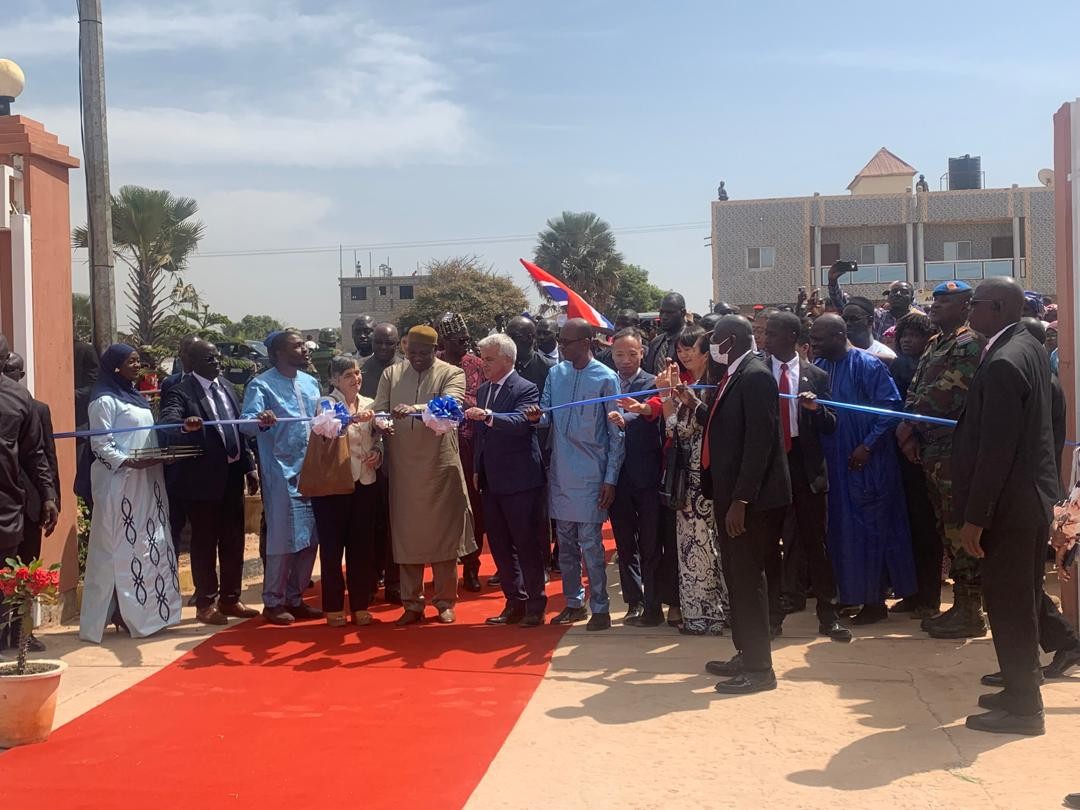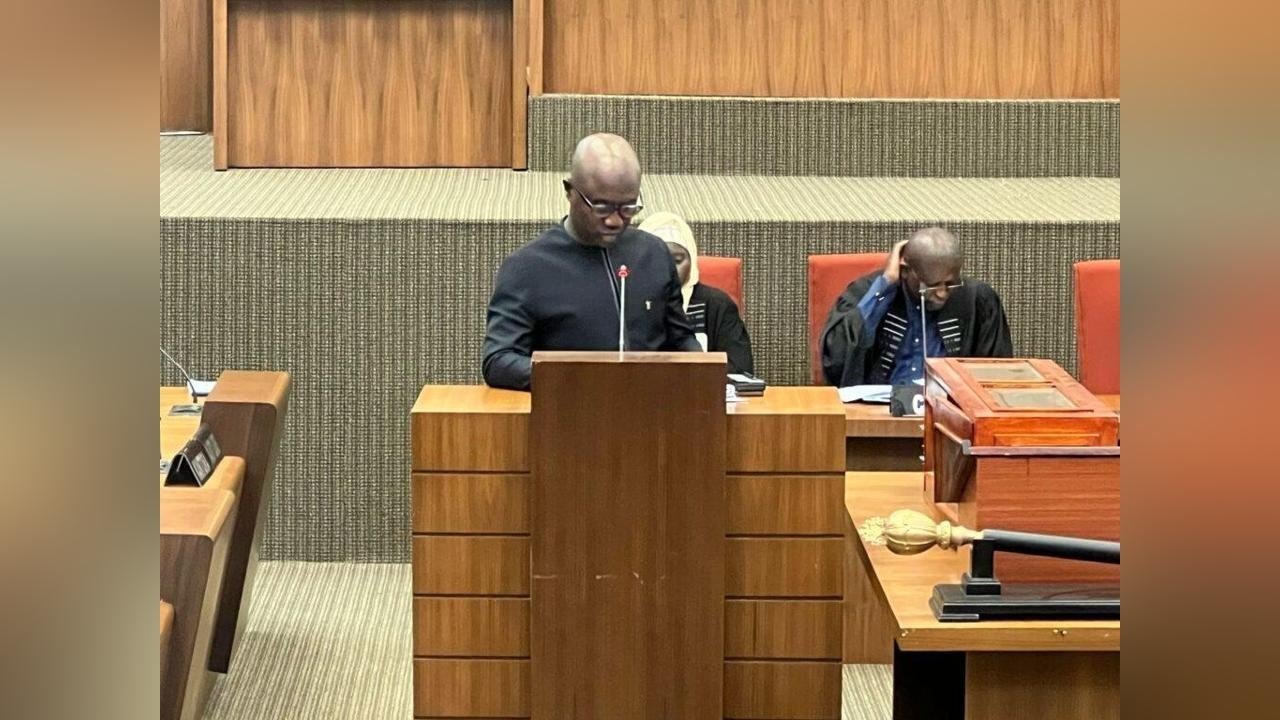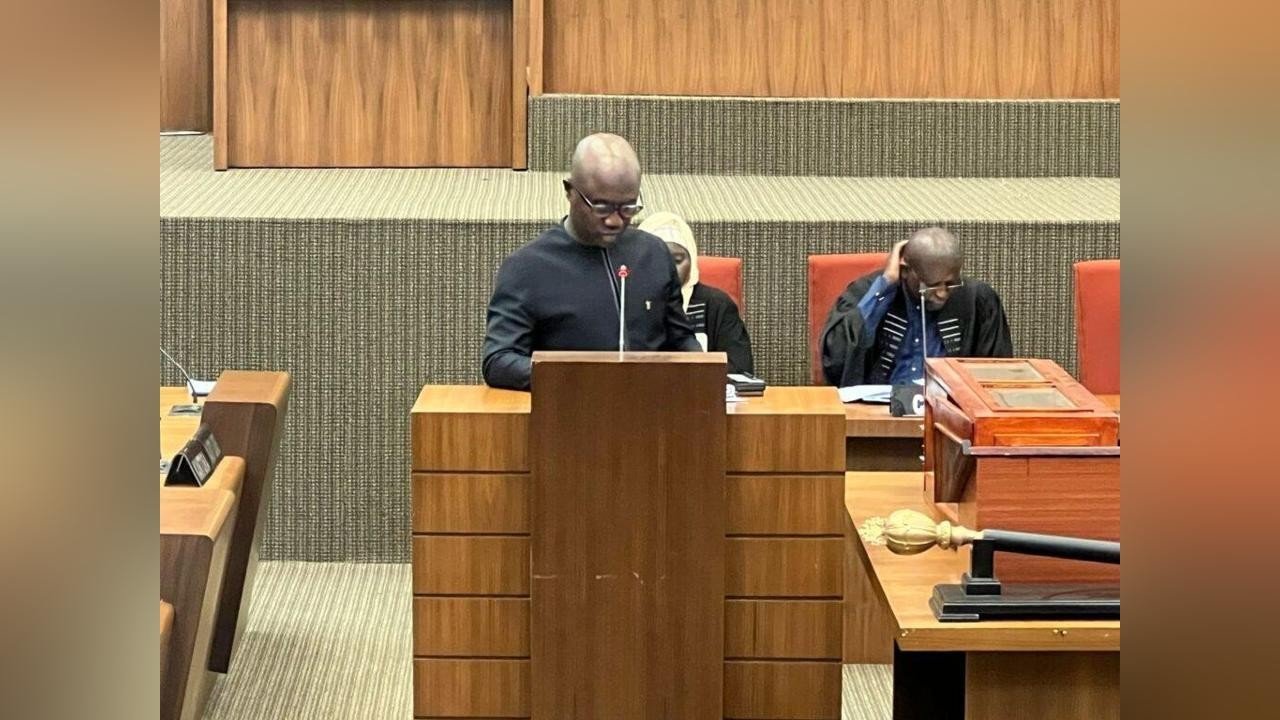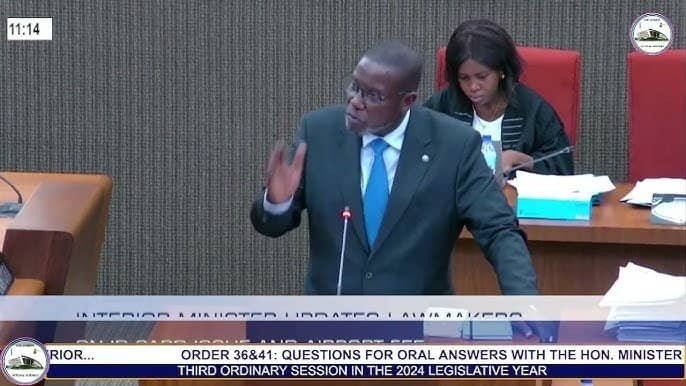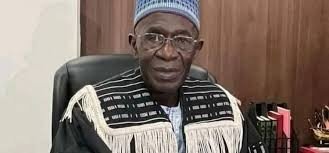President Adama Barrow has set the pace to light The Gambia following the country’s 60th Independence Anniversary.
On Thursday 20 February 2025 the President presided over the inauguration of a high voltage energy infrastructure project at a high-profile inauguration function in Salaji, which was part of the Independence anniversary breakthroughs.
Undertaken by the National Water and Electricity Company under the Gambia Electricity Restoration and Modernization Project (GERMP), the project, co-funded by the World Bank Group, the European Union and the European Investment Bank and the Gambia government, aims to improve and modernize the country’s energy sector.
The project comprises national control centre, 18km-225kv transmission line from Brikama to Jabang, 225/33Kv sub-station in Jabang, 33KV sub-station in Kotu Tank, six 33KV MV lines, three primary sub-stations, and a 52 secondary sub-stations rehabilitation.
The project, which is out to modernize the Greater Banjul Area, is the result of an excellent partnership between the Gambia government, the European Union and the European Investment Bank, President Barrow stated, saying: “We duly acknowledge and appreciate this valued partnership with these esteemed organizations, and thank them most sincerely for their invaluable contribution to the welfare and development of our people.”
The president said that since 2017 his government has strategically prioritised and focused on investing hugely in the country’s energy sector.
“These eight years of commitment and investment in the energy sector has yielded high dividend,” he said, adding that The Gambia “now enjoys more stable power supply” than before.
“This commitment to the energy sector will continue relentlessly until the whole country has access to uninterrupted and affordable and sustainable energy supply,” he added, referencing the Gambia’s Strategic Energy Road map 2021 – 2024.
West Coast Region Governor Ousman Bojang commended President Barrow and his administration for steadily and systematically transforming The Gambia, as the president continues to improve and modernise the country.
“Today in the heart of West Coast Region, here we are at a profound historical moment of our country, commissioning the first national high voltage infrastructure, which for the first time, enables transmitting of high voltage through a long distance,” he stated, saying West Coast Region, which has almost half of the 2.5 million population of the country, is in high demand of energy and other socio-economic needs.
The Ambassador of the European Union to The Gambia, Immaculada Roca I Cortés, said the project would make great impact on the country’s energy infrastructure with a lot of benefits to the people of The Gambia. “The project will significantly reduce frequent power outages and low voltage” as it ensures universal access to energy, she remarked.
She also said the infrastructure advancement within the Greater Banjul Area (GBA) will enhance NAWEC’s capacity to deliver reliable electricity to homes and businesses, and would contribute to economic growth and better living conditions.
“The Gambia Electricity Restoration and Modernization Project is backed by significant funding from the EU amounting to EUR 105 million (approximately D12 billion),” she said, adding that more than 800,000 Gambians would benefit from the coming generated energy supply.
European Investment Bank West and Central Africa Regional Head Roger Stuart said he was pleased that EIB has continued to support the Gambia Electricity Restoration and Modernization Project (GERMP), a key driver for the economic and social development of the country.
“The EIB has demonstrated its commitment to life skills infrastructure project for the benefit of the local population of the country”, as the bank has resolved to support the Gambia in meeting her national desired goals, he stated.
World Bank Country Director in The Gambia, Keiko Miwa, expressed satisfaction also that the World Bank Group has been associated with the project.
She said the development has come 11 months following the inauguration of the 23-megawatts of the Jambur Solar Plants, which “now contributes 6 percent to the overall energy production” of The Gambia.
Co-financed by the European Union, EIB and the World Bank, the infrastructure project, as stated by the World Bank country director, is a giant step towards transforming NAWEC into a 21st Century utility, as it would significantly minimise frequent power cuts as well as energy transmission losses.
The project, she added, would be highly beneficial to the people and development of The Gambia.


